The joy of a good harvest is still present on the smiles of every villager in A Deng village, A Ngo commune, Dakrong district. It has been a long time since the name Ra Du rice - the pride of the Pa Ko people here - has been mentioned so much.
Happy rice season
Entering November, when the last bit of warm sunshine of the season covers the leaves, the reeds bloom white in the forest, and at the foot of the mountain, the rice begins to turn golden, it is time for the Pa Ko people in A Ngo to enter the rice harvest season.

People's joy when the rice harvest is good - Photo: PROVIDED BY A NGO WOMEN'S UNION
For the first time after many years of decline, the Ra Du rice plant - the sacred object of Giang - has a good harvest. Carefully cutting each handful of rice and putting it in a basket, Ms. Ho A Rip, from A Deng village happily boasted: "This year, the Ra Du rice is green and lush, the grains are golden, every household has a lot of rice, so everyone is excited!" Next to Ms. Rip's field, many other Pa Ko people are also harvesting rice, their voices and laughter echoing throughout the forest.
Although she is 80 years old this year, Mrs. Ho Thi Hep, from A Deng village, cannot remember exactly when Ra Du rice first appeared. In her memory, she only remembers that since she was a child, she followed her mother to the fields to sow rice and waited for the day to carry a basket to harvest. The golden seasons of Ra Du rice, heavy with grain, gradually grew in her childhood memories.
Mrs. Hep said that for the A Deng people, Ra Du is not simply food but also a "heavenly pearl", an indispensable item to worship Giang on the occasion of the new rice ceremony or to receive distinguished guests. In the past, Ra Du rice was grown on the fields so it grew according to the natural laws of heaven and earth, and people did not use fertilizers or pesticides. After being placed in the ground, Ra Du rice seeds germinated on their own, absorbed nutrients, bathed in water from the forest rains and sprouted green with the sky and earth. Therefore, Ra Du rice seeds are sticky, delicious, and have the typical flavor of the mountains and forests.
Grabbing a handful of Ra Du rice in the early morning sun, Mrs. Hep said: “For many years, today, we Pa Ko people can live in the bustling atmosphere of the harvest with Ra Du rice. This year, our family planted 2 sao of rice, every field had a good harvest, the grains were heavy with flowers. God loves the rice for a good harvest, signaling a year of prosperity for the village.”
Answering our further questions about Ra Du rice, Chairwoman of the Women's Union of A Ngo Commune, Ho Thi Miem, shared: "Ra Du is also known as "sacred rice", with large, sticky, dark pink rice grains. When cooked, the rice grains are very fragrant and not dry. When you chew thoroughly, you will feel the delicious taste permeating the tip of your tongue.
Since ancient times, the A Ngo people have known how to choose fertile, thick-layered land to sow Ra Du seeds. The growth period of rice is about 6 months, so each year only one crop can be grown. Because the Pa Ko people believe that this is a type of "sacred rice", during the process of planting, sowing and gathering rice, people must organize a ceremony to worship Giang. When the rice is harvested, people perform a new rice ceremony to pray for heavy grains, firm ears, and to sow so that the basket is not empty or empty, the grains are equal to the basket, and the handful is equal to the pot.
The ceremony lasts from 2 to 4 days, and the offering tray cannot lack the heaviest grain of Ra Du rice that people thresh to offer to the gods. After threshing the rice, before bringing it home, people hold a ceremony to welcome the rice god home with the wish that the god will bring them prosperity, happiness, and that the rice will not be stolen by rats or birds when it arrives home. The Ra Du rice brought home is carefully stored in a high place or, after being pounded, put in a basket to be planted.
Journey to restore native rice
Although it is a precious rice variety with good rice quality, Ra Du rice is picky about soil and has a long growth cycle, so local people are gradually growing it less and less, and many people even abandon it because of its low yield. Facing the risk of this precious rice variety disappearing, as a child of the village, Ms. Miem has repeatedly struggled to find a solution to restore the traditional local rice variety. Ms. Miem shared: “In previous years, I and the villagers collected Ra Du rice varieties to grow both on the fields and in the rice fields at the foot of the mountain. However, every crop failed, with empty grains due to unfavorable weather or choosing the wrong crop. Because Ra Du is a “sacred rice” plant, according to the villagers’ belief, rice that is favored by those who will give many grains, and rice that is not favored by those who will give empty grains.”

People in A Deng village, A Ngo commune, harvest Ra Du rice - Photo: LN
In early 2023, with the support of the Provincial Women's Union and the attention of local authorities, the native Ra Du rice plant was restored. Vice President of the Provincial Women's Union Tran Thi Thuy Nga shared: "Implementing the program "Accompanying women in the border areas" launched by the Central Committee of the Vietnam Women's Union and the Border Guard Command, in early 2023, the Provincial Women's Union coordinated with relevant units to support 100 million VND to implement the native Ra Du rice restoration model in A Ngo commune.
22 households participated in the model on an area of 1.5 hectares. Based on the existing experience of the people, along with lessons learned from previous crops, people have made appropriate changes from sowing to adjusting the amount of fertilizer and water level for each field. Ms. Ho A Rip added: "Thanks to the good application of cultivation and care techniques, this Ra rice crop has a large harvest, with much higher yields than previous crops. Currently, my family has kept the best flowers to use as seeds for the next crop."
Sharing more about her experience in growing Ra Du rice, Ms. Miem confided: “The most important thing for Ra Du rice to have a high yield is to sow it at the right time. The most suitable sowing time is from the end of April to the beginning of May, when there are thunderstorms and enough humidity for the plants to germinate well. For the care process to go smoothly, we have established a Ra Du rice growing group, held regular meetings to implement new techniques, provide instructions on effective care, and share good experiences in the production process. Thanks to that, after nearly 6 months of care, the rice has produced “sweet fruit” with a bumper harvest. The villagers are very excited because the traditional rice variety of the village has been restored.”
Let the surplus rice grow far and wide
In the last days of the year, A Deng village is filled with warm spring sunshine. After drying the rice and storing it in granaries, and choosing the plumpest flowers to keep as seeds for the next crop, people are eagerly preparing for Tet to eat new rice.
“Since the harvest, when we heard that Ra Du rice was a good crop, we have received many orders to buy Ra Du rice at quite high prices, from 30,000-50,000 VND/kg, but there is nothing to sell, because each household can only grow about 2 sao. As a rice variety that is resistant to pests and diseases, during the care process, people limit fertilization and absolutely do not use pesticides, so this is a clean rice, very safe for health. With the help of the Provincial Women's Union, in the next crop, we will continue to encourage people to expand the area of Ra Du rice, both ensuring food and creating more income for people from traditional crops,” Ms. Miem shared.

The excess rice after being threshed is carefully dried before being stored in the barn and prepared for Tet - Photo: LN
Ra Du rice is not only associated with the tradition of the ethnic people in the A Ngo highlands but is also one of the rice varieties with the highest quality among local rice varieties. It is a traditional crop that has been forgotten and has been restored in the direction of natural farming, low risk, and clean rice products. This is an advantage to build a brand for local rice varieties, contributing to improving the lives and ensuring food security for people in border areas.
Along with that, the locality also needs to have a long-term plan for developing Ra Du rice in the direction of organic biology, transferring technical technology to local people, and at the same time having a suitable promotion direction so that Ra Du rice products continue to reach far.
Le Nhu
Source



![[Photo] Prime Minister Pham Minh Chinh meets with President of the Republic of Burundi Evariste Ndayishimiye](https://vstatic.vietnam.vn/vietnam/resource/IMAGE/2025/4/4/979010f4c7634f6a82b8e01821170586)
![[Photo] Dong Nai people warmly welcome the forces participating in the parade](https://vstatic.vietnam.vn/vietnam/resource/IMAGE/2025/4/5/ebec3a1598954e308282dcee7d38bda2)
![[Photo] Hanoi flies flags at half-mast in memory of comrade Khamtay Siphandone](https://vstatic.vietnam.vn/vietnam/resource/IMAGE/2025/4/5/b73c55d9c0ac4892b251453906ec48eb)





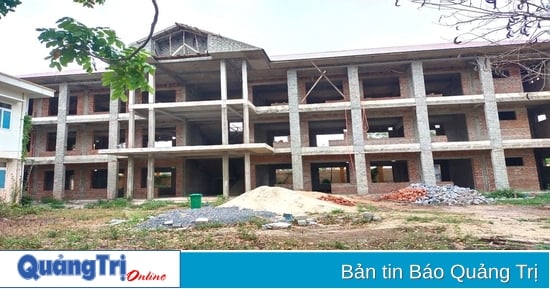



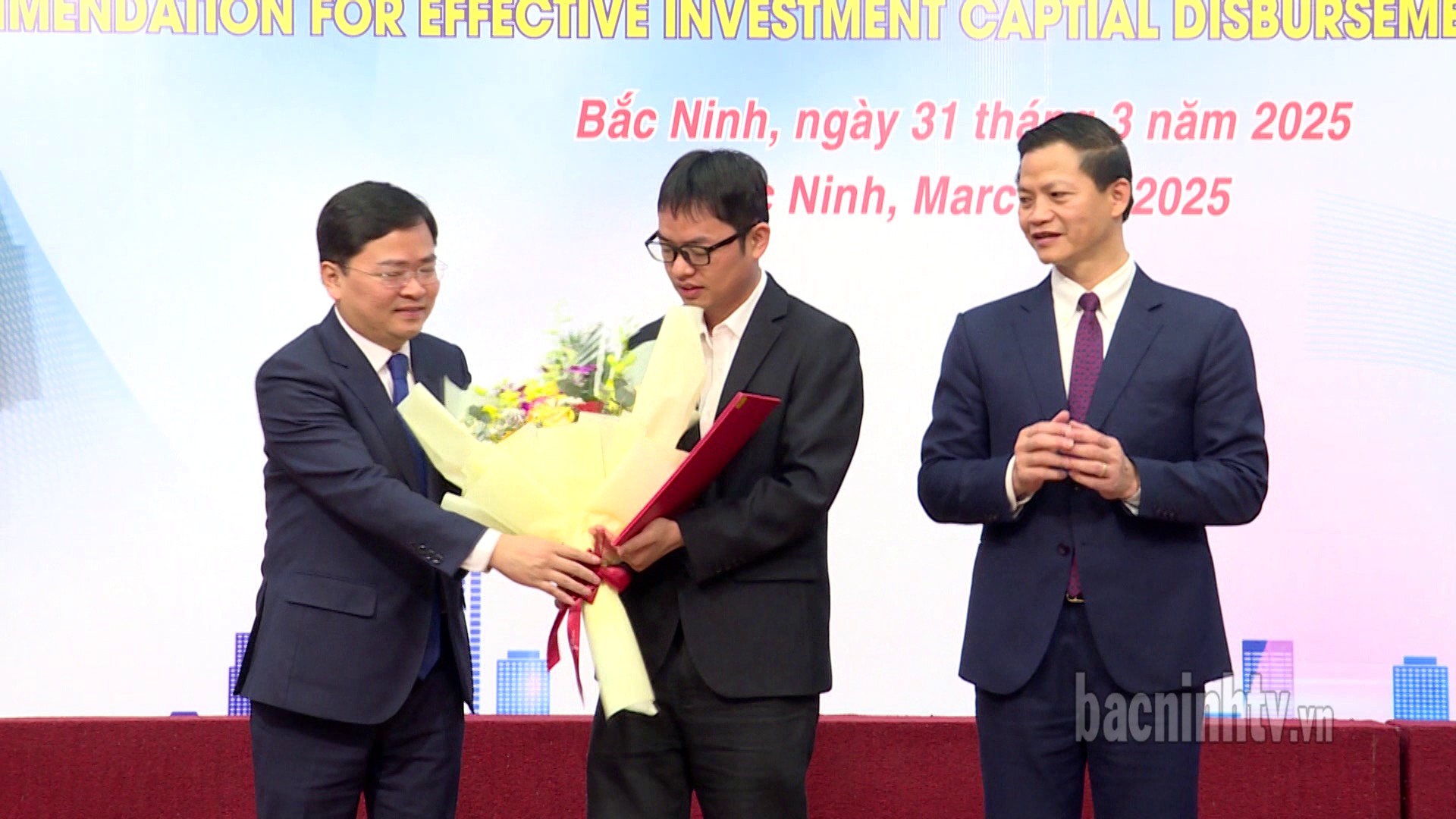
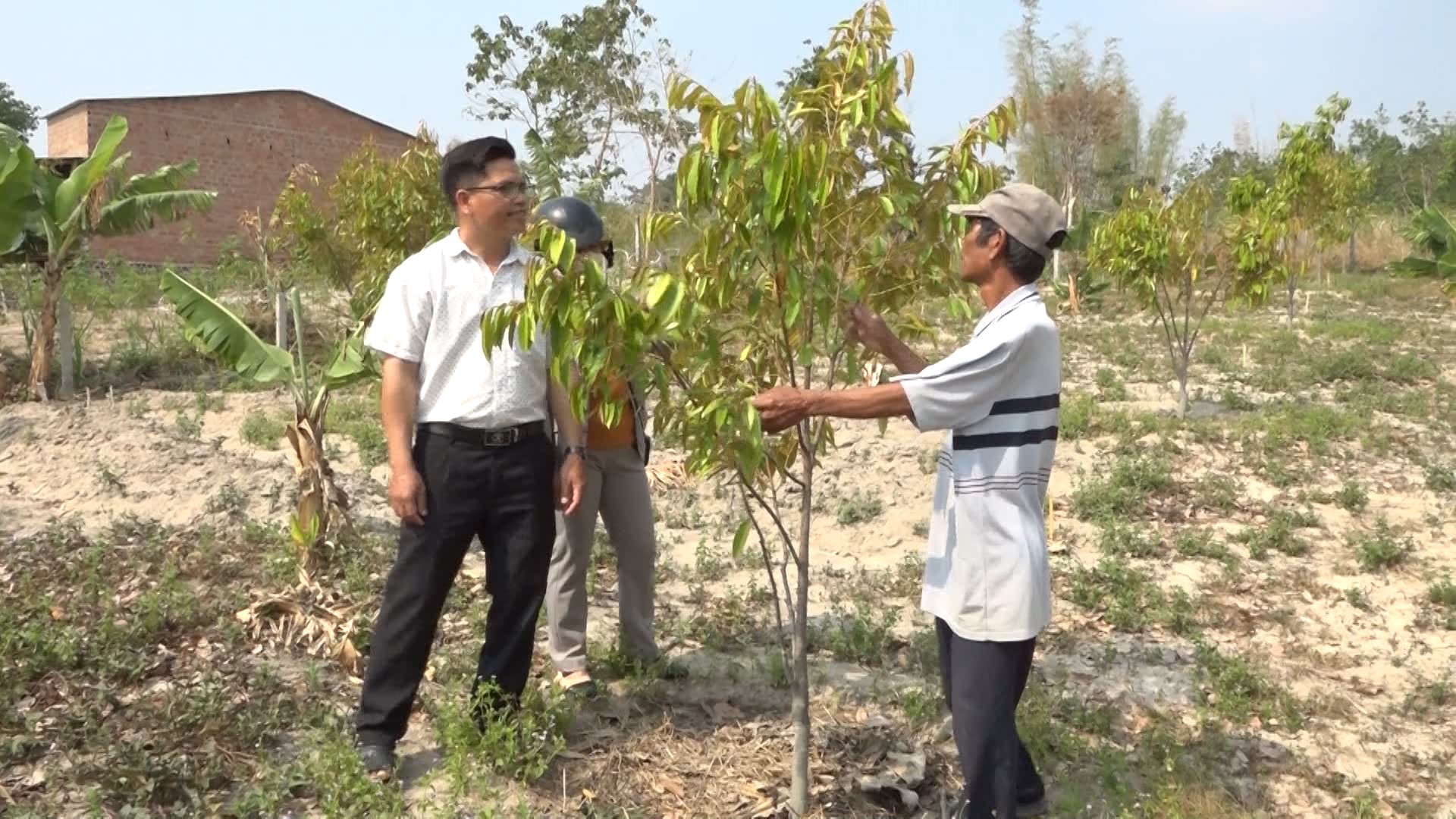

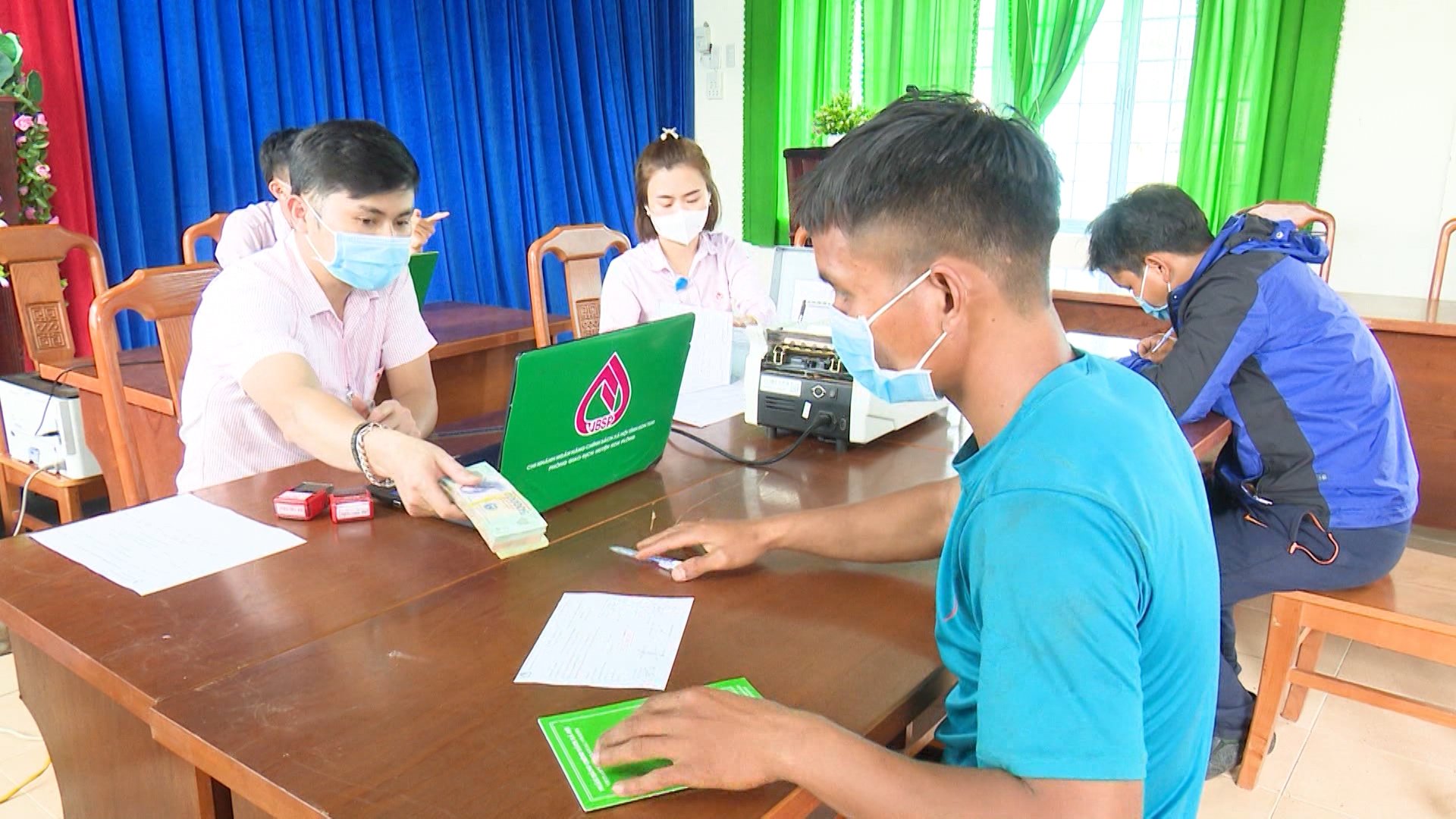
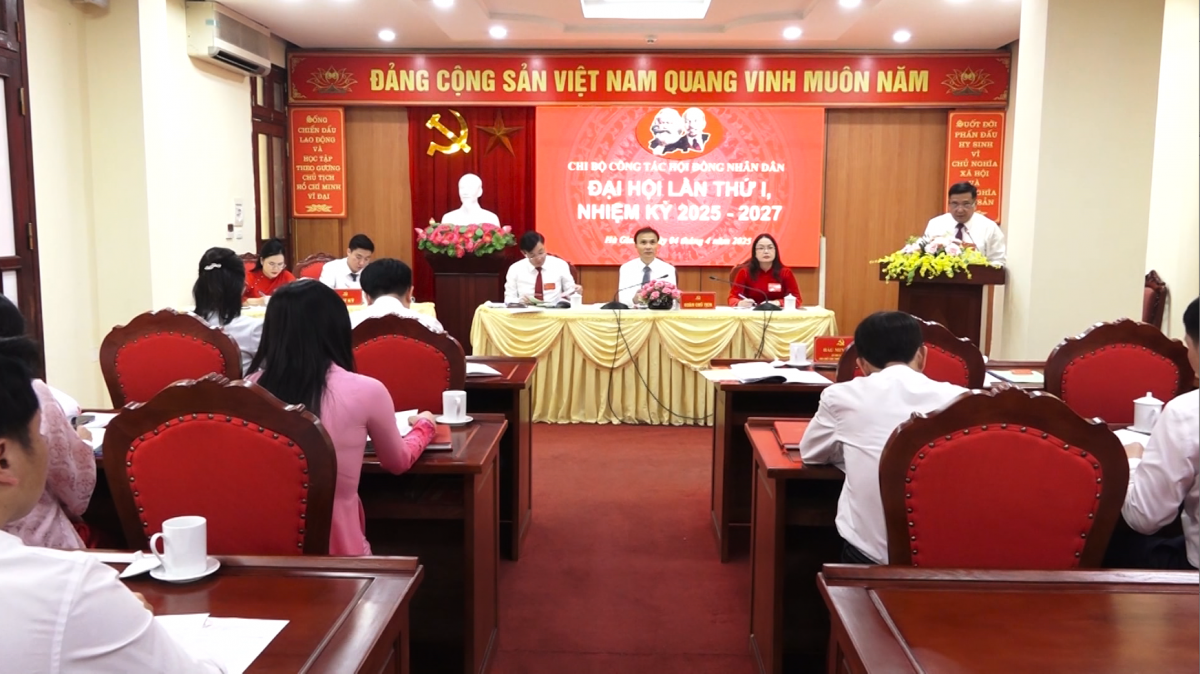
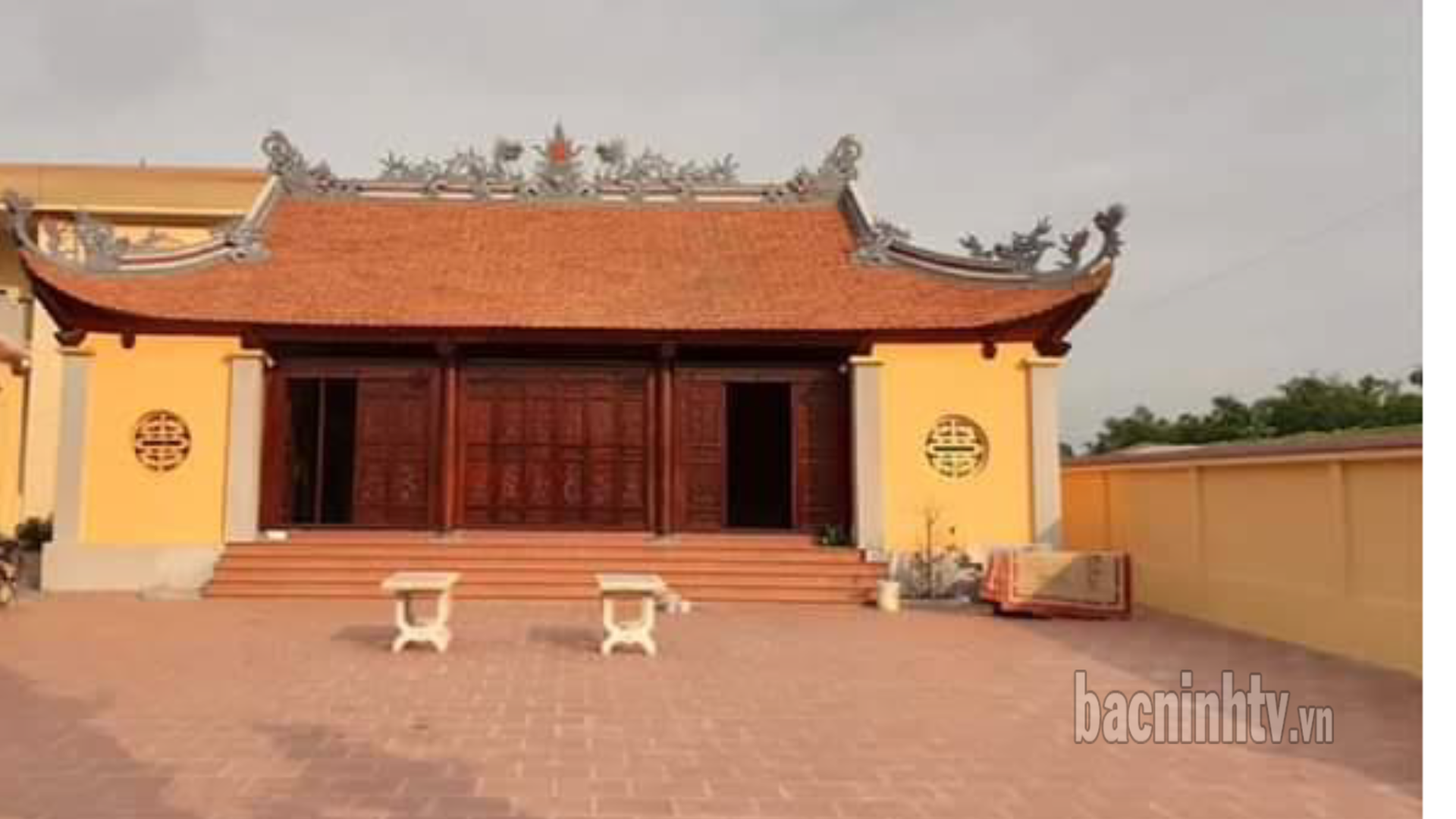


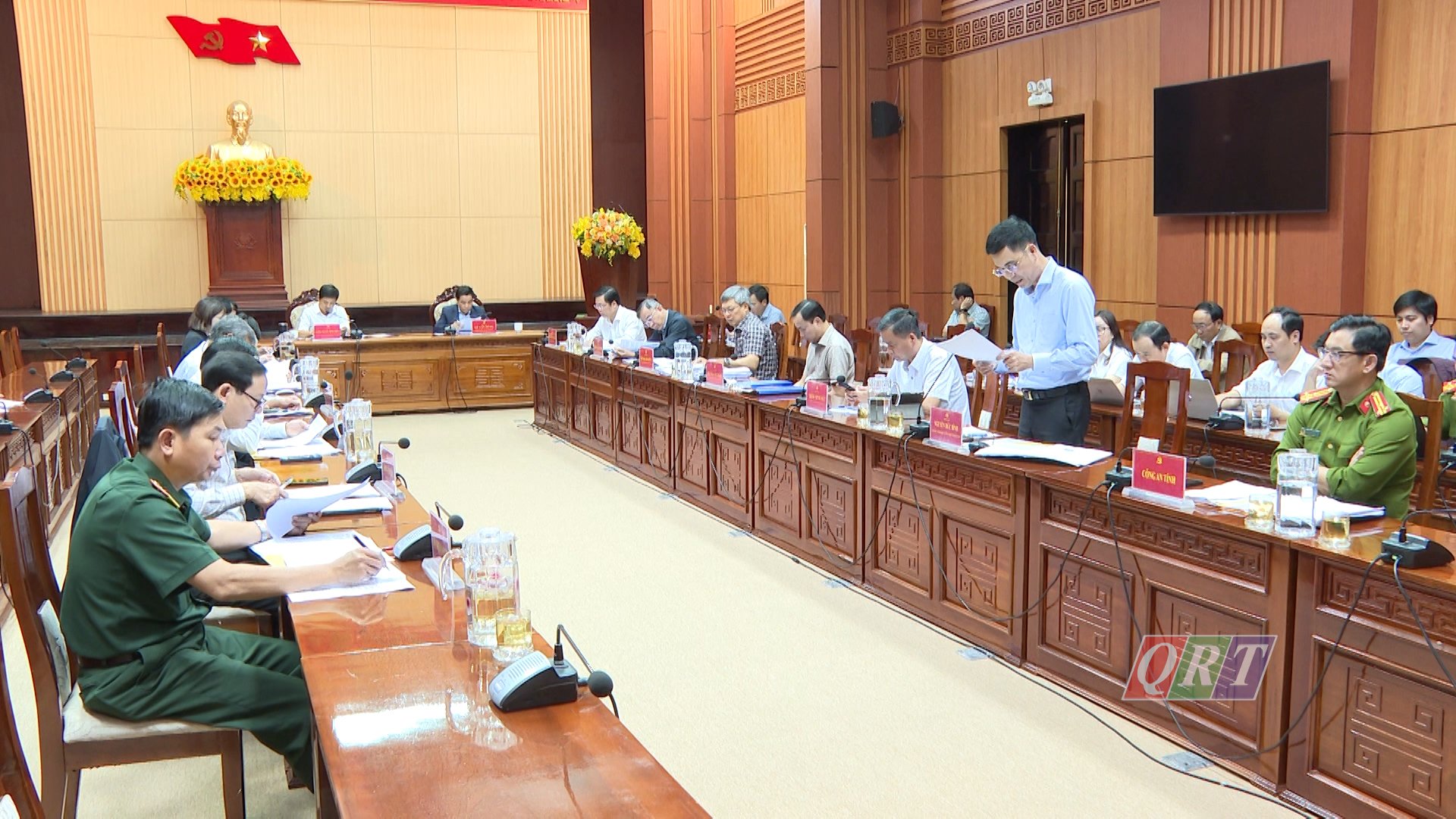

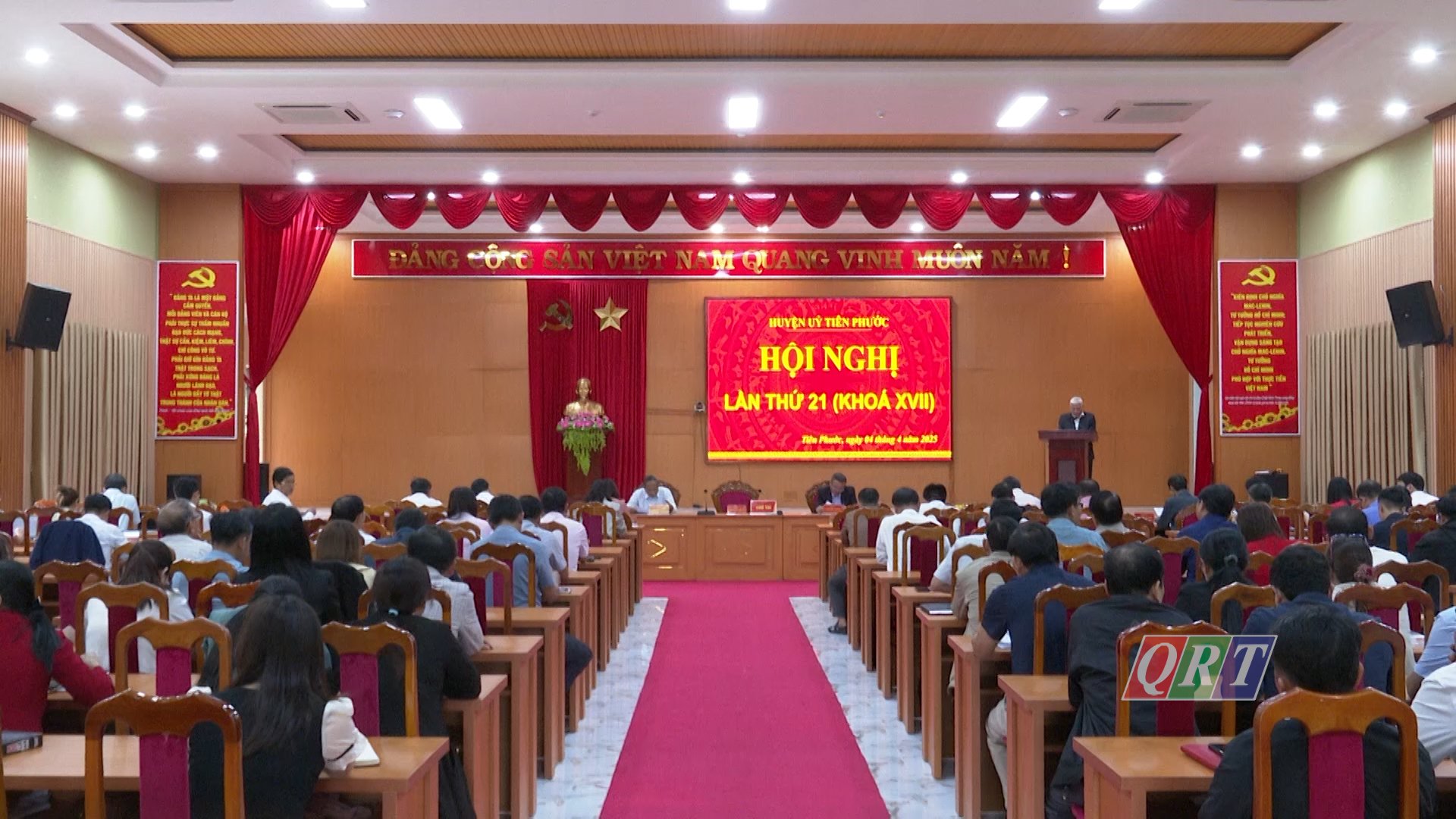
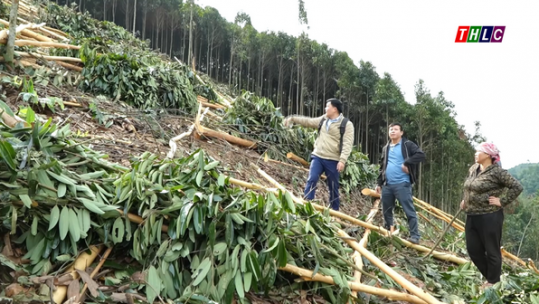
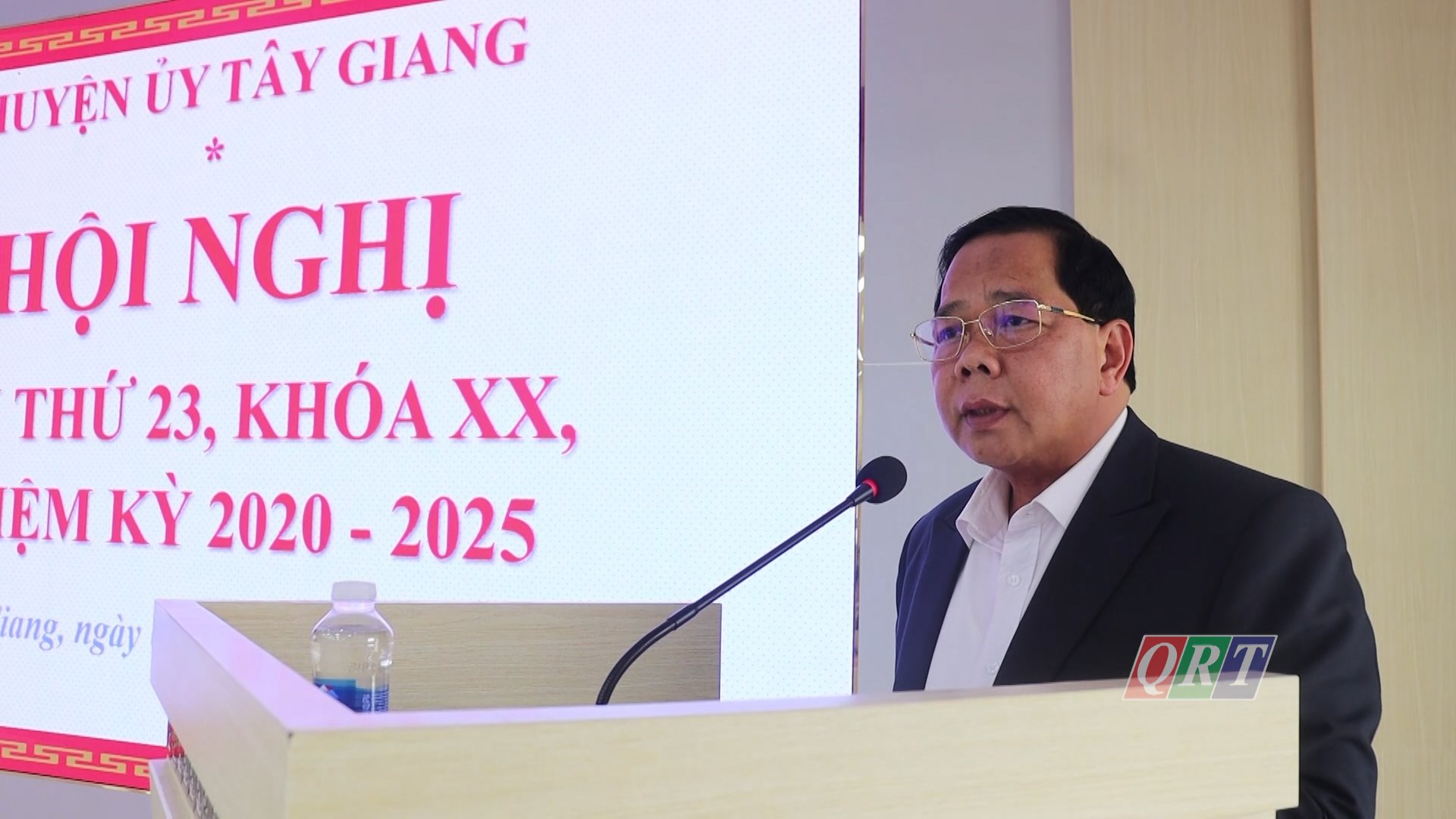
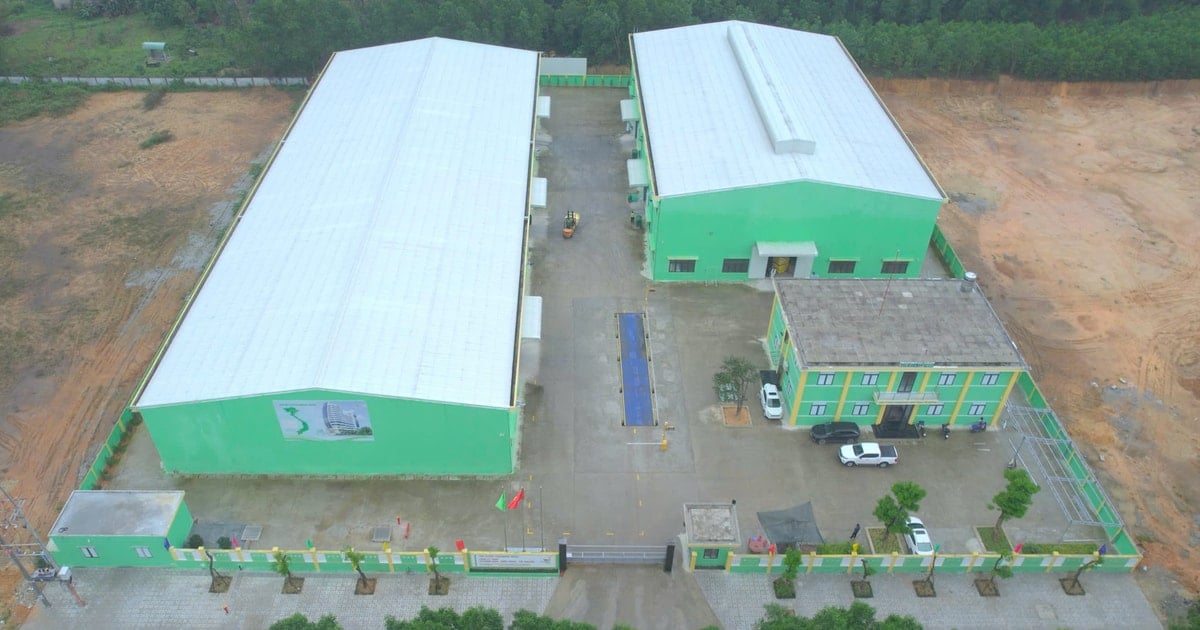
![[Photo] Parade rehearsal on the training ground in preparation for the April 30 celebration in Ho Chi Minh City](https://vstatic.vietnam.vn/vietnam/resource/IMAGE/2025/4/4/e5645ddf85f647e6a25164d11de71592)
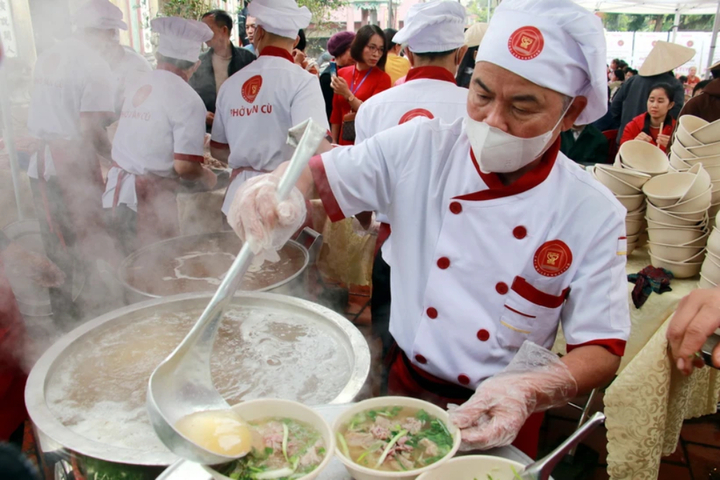

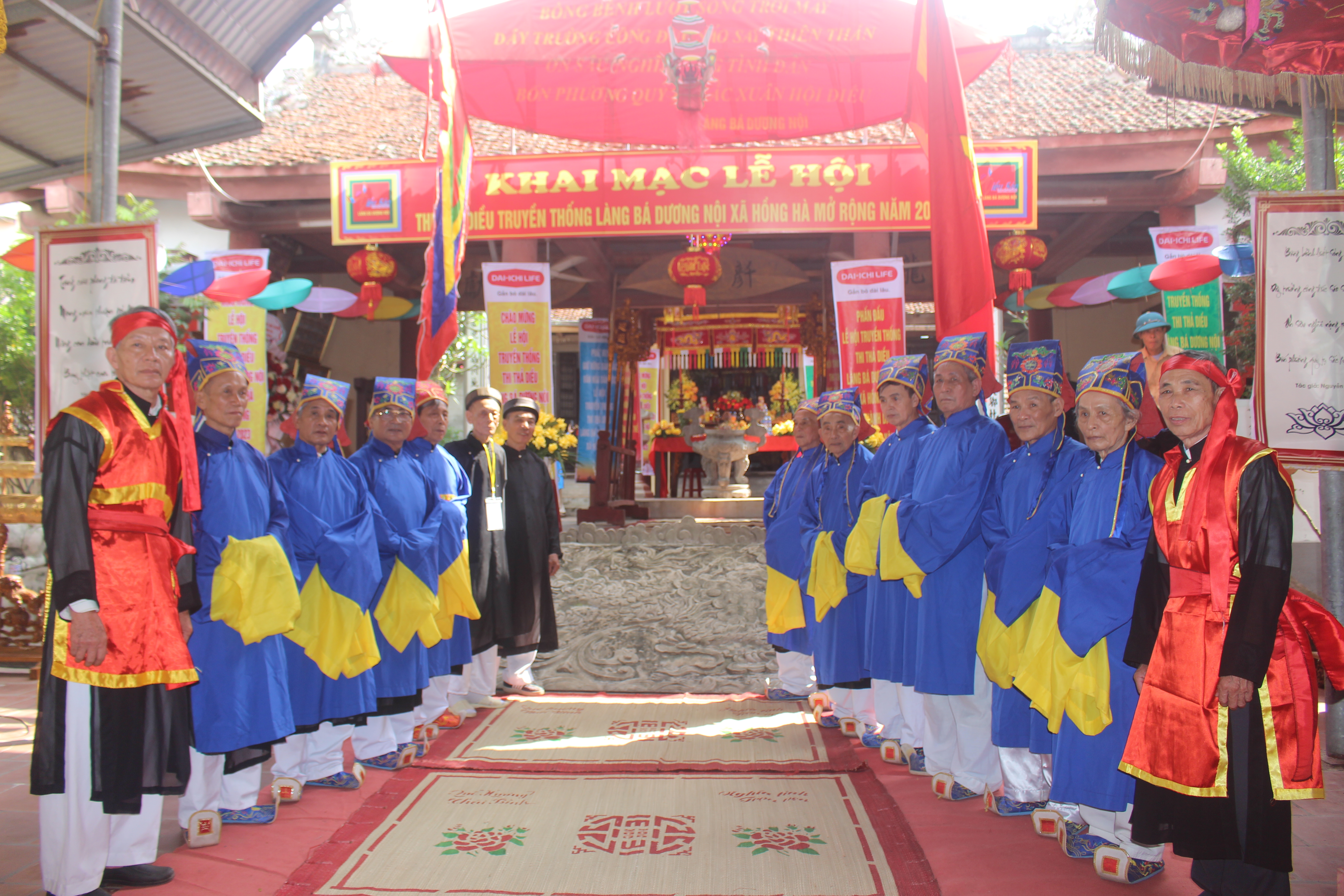

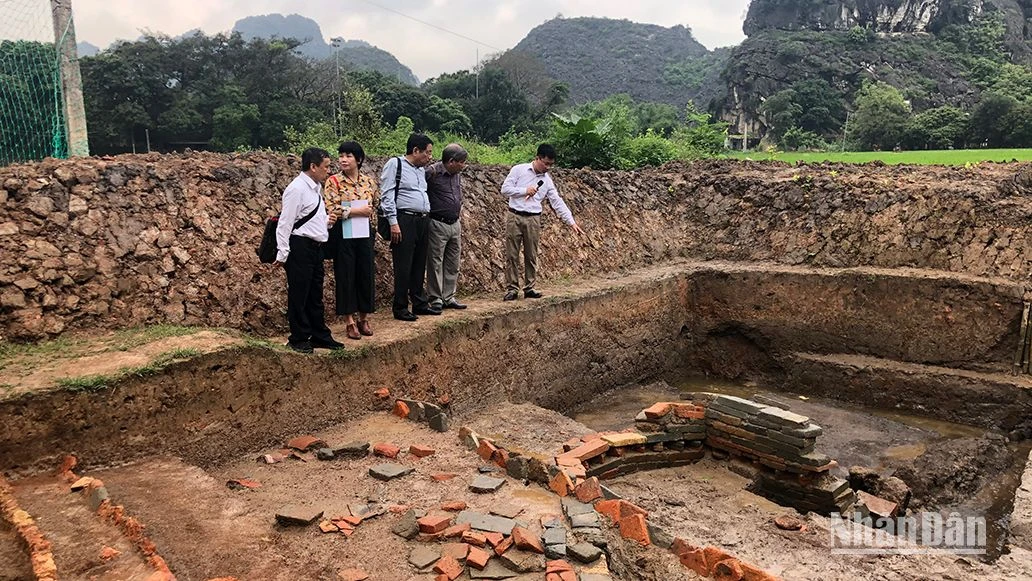

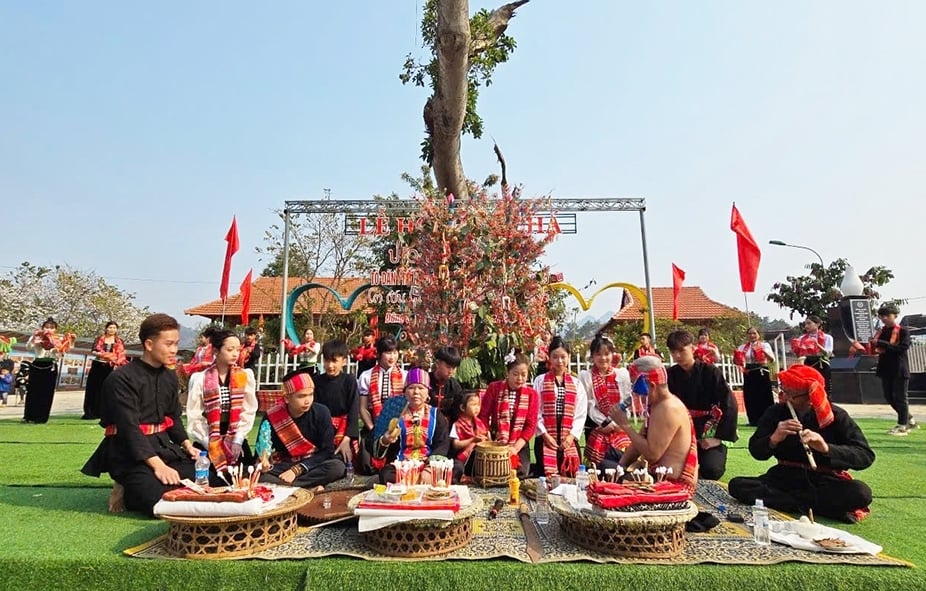

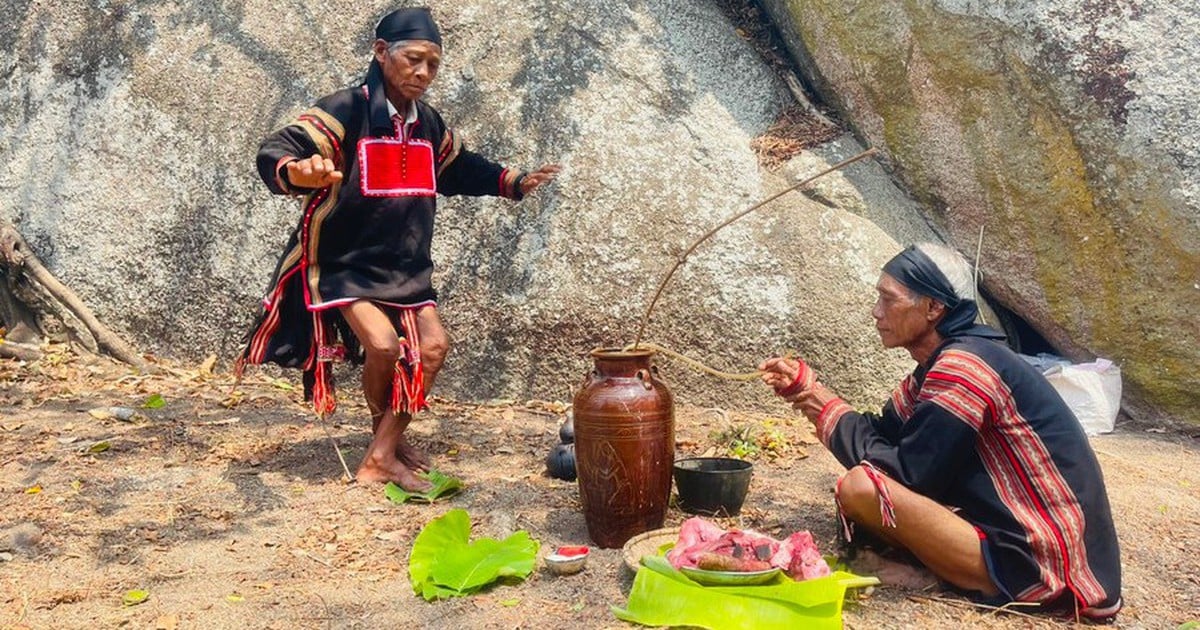



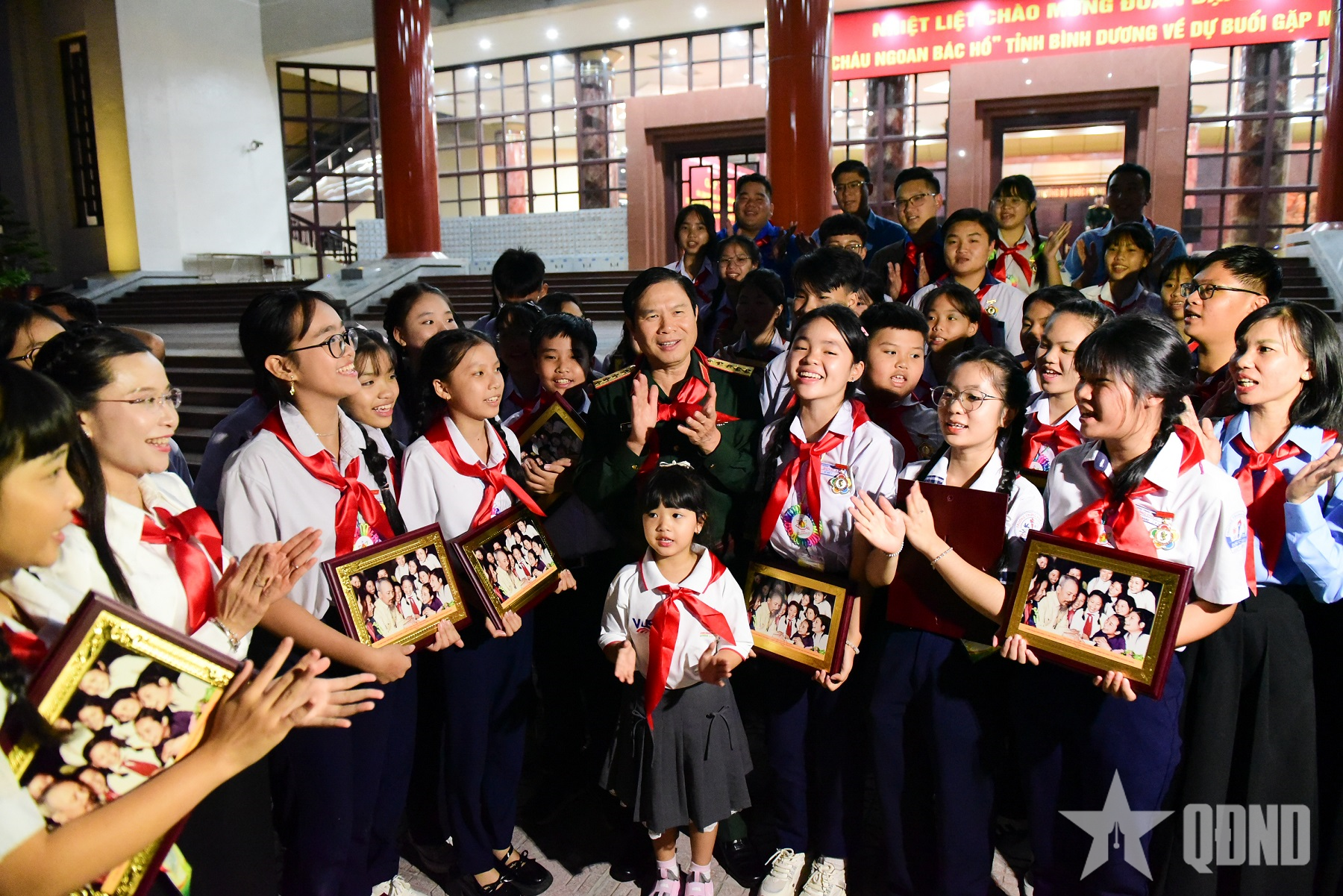










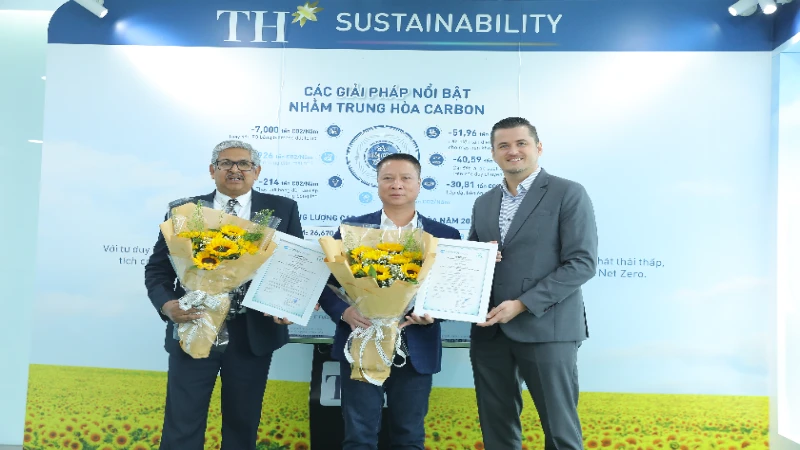
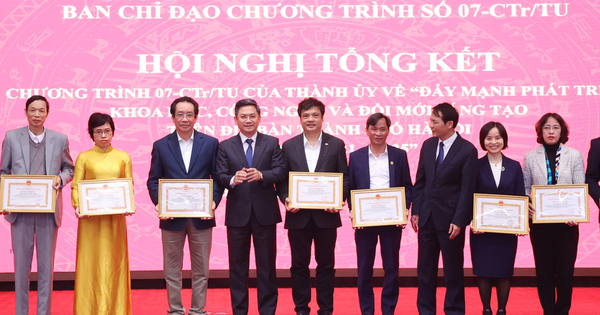


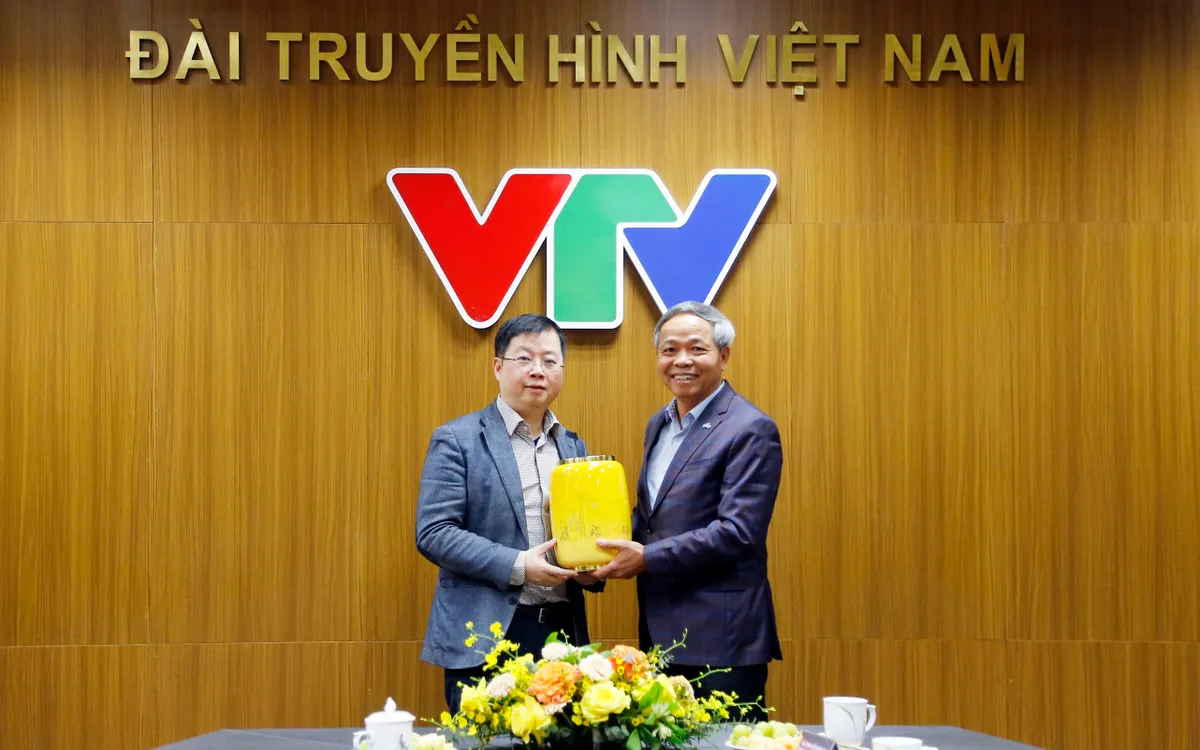






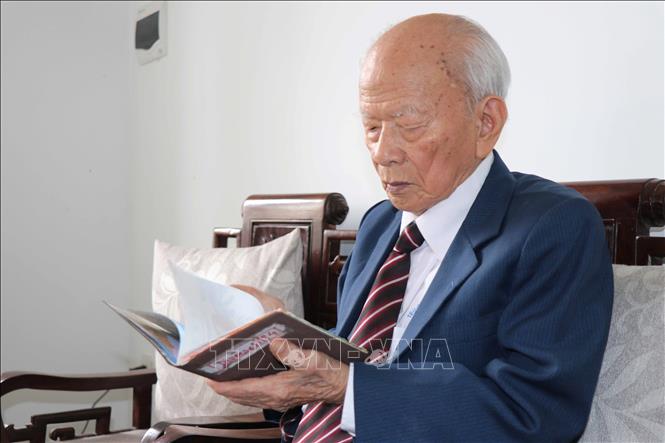















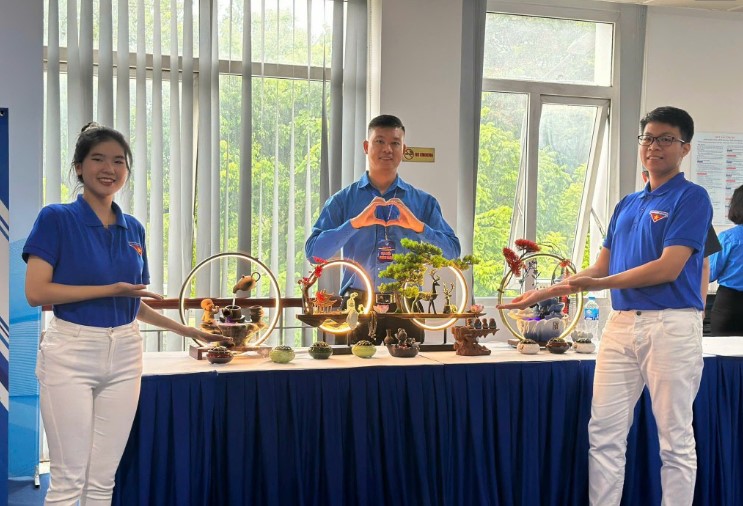
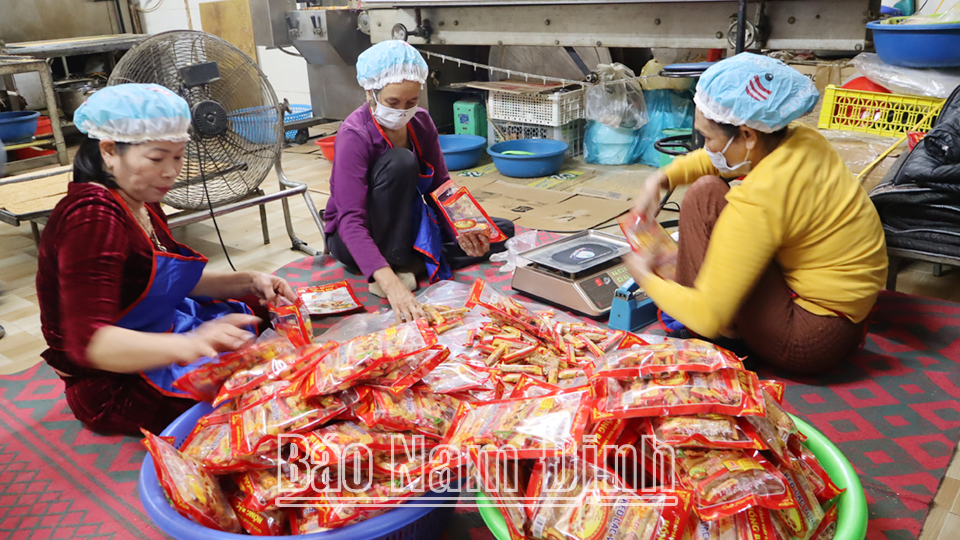





Comment (0)